Got a craving for a gluten free arepa? I’ve got you covered! You’ve heard of Francophiles; well, our family are Latinophiles. Our girls speak Spanish, we’ve hosted several Latina au pairs who we love, we celebrate Dia de los Muertos, and just in general appreciate the vibrancy of the culture, the deliciousness of the food and the warmth of the people. A staple of Taco Tuesday in our family is gluten-free arepas con queso.
When our first daughter was 18 months old, we were in immediate need of good childcare. We’d had an au pair who ended up not working out, and for our sanity needed someone we could rely on. We needed someone who was dependable and trustworthy – in a big way. Because of the situation, the au pair program directors were very engaged in helping us find options for childcare.
I was intrigued by the story of one of the au pairs who was already in country and looking for a rematch to a different home. She was maxed out with the number of families she could talk with, so I campaigned to talk with her. When we talked, she was perfect. I loved her. Still do. She has truly become a part of our family. Her kindness, thoughtfulness and firm hand with our crazy kids – I can’t say enough great things about her. Including that she is from Mexico. Through her, we fell hard for Latin culture.
We then worked with additional au pairs who were from Mexico, some her friends and some we met through the au pair program. They have all become part of our extended family. We love getting together with the ladies, hearing their stories. Their laughter and vivacity fill the house. Through these women, we have met so many amazing people, learned so much (and there’s so much more to learn), and tried so many new tastes.
AND speaking of tastes, let’s get to that recipe that you’re here for. These delightful and gluten free arepas take minutes to make. Some interesting facts about arepas are below to feed your mind, and the arepa recipe is at the bottom to feed your family.
Let’s delve into the fascinating history of arepas, those delightful cornmeal read: gluten free arepas that have been enjoyed in Latin America for centuries.
Origins and Pre-Columbian Times The roots of the arepa stretch back to pre-Columbian days. Indigenous peoples in the region, such as the Timoto-Cuicas and Caribes, relied on maize (corn) as a staple food. They developed a technique for transforming maize into an edible paste, which they shaped into patties and baked. These early arepas were simple, yet they laid the foundation for a beloved culinary tradition.
Traditional Preparation The process involved grinding maize (corn) into a dough, creating the basis for what we now recognize as arepas. Each region in Colombia has its unique way of making this traditional delicacy, resulting in a diverse array of flavors and fillings. Whether grilled, baked, fried, boiled, or steamed, arepas have remained a staple throughout history. Their simplicity and versatility make them a cherished part of Colombian and Venezuelan cuisine.
Did you know that corn is a fantastic option for those who are gluten intolerant? That’s right, corn is inherently gluten free! It’s a natural choice for anyone looking to avoid gluten, whether due to celiac disease or a gluten sensitivity. So corn tortillas, tortas, and these arepas are naturally gluten free, and make my body feel so much better than eating flour tortillas.
The Name and Beyond The term “arepa” is related to “erepa,” which means “cornbread” in the Cumanagoto language. As maize cultivation spread across the region, so did the popularity of arepas. Today, they’re not only enjoyed in Colombia and Venezuela but also found in Bolivia, Ecuador, and Central America. Arepas can be stuffed with butter, cheese, beans, meat, avocados, eggs, tomatoes, salad, shrimp, or fish. They’re akin to Mexican gorditas, Salvadoran pupusas, Ecuadorian tortillas de maíz, and Panamanian tortillas.
Here are some inspirational pictures of where arepas originate. Doesn’t this make you want to travel to Colombia to do some authentic taste-testing?


Gluten Free Arepa Variations
- Traditional gluten free Arepas
- Venezuelan Arepas: These arepas are thick, round, and typically grilled or fried. They’re often split open and filled with ingredients like shredded beef, black beans, and cheese.
- Colombian Arepas: In Colombia, arepas come in various forms. The most common arepas are flat, round, and made from white or yellow corn. They can be stuffed with cheese, eggs, or chorizo.
- Reina Pepiada gluten free Arepas
- A Venezuelan classic! Reina Pepiada arepas are filled with a delicious mixture of shredded chicken, avocado, and mayonnaise. The name translates to “Curvy Queen” in Spanish.
- Dominican gluten free Arepas
- These arepas are smaller and thicker, made from cornmeal and sometimes cassava flour. They’re often served with butter or cheese.
- Sweet gluten free Arepas
- For those with a sweet tooth, there are sweet arepas. They’re made with sugar, anise, and sometimes coconut. Enjoy them as a dessert or snack.
- Arepa de Huevo (Egg-Stuffed Arepa) gluten free
- Originating in Colombia, this unique arepa is filled with a whole fried egg. It’s a popular street food during festivals.
- Choclo Arepas gluten free
- Hailing from Ecuador, choclo arepas are made with fresh corn kernels. They’re slightly sweet and have a delightful crunch.
- Cheese-Stuffed gluten free Arepas
- Whether it’s mozzarella, queso fresco, or any other cheese, stuffing arepas with gooey goodness is always a win. Traditionally, a mild, white cheese such as queso blanco or queso fresco is used for arepas con queso. However, you can also use other melty cheeses like mozzarella or even cheddar, depending on your preference. Freshly shredded cheese works best, as it melts more evenly than pre-shredded varieties. So go ahead and create cheesy, golden arepas that’ll delight your taste buds!
Remember, arepas are like a canvas—you can get creative with fillings, toppings, and flavors. Whether you’re enjoying them for breakfast, lunch, or dinner, these golden discs of corn goodness are sure to satisfy! Whenever I get a craving for some comfort food, I reach for the cornmeal to make some inherently gluten free arepas that are filling, satisfying and delicious.
So next time you savor an arepa, remember its rich history—a testament to the enduring appeal of this humble cornmeal cake!
Feel free to explore more about these delightful treats and share your favorite arepa memories!
Engage with Our Blog! One of the most effective ways to support this blog is by leaving comments and liking the postings. Not only does this signal Google to display our travel tips and recipes more frequently, but it also encourages others to try them. Your feedback is invaluable – it helps me include data points that are helpful and relevant. Additionally, sharing how you travel benefits other readers; they often read the comments and take your advice.
Thank you in advance for your input.
For more gluten-free options, check out more delicious and easy recipes here.
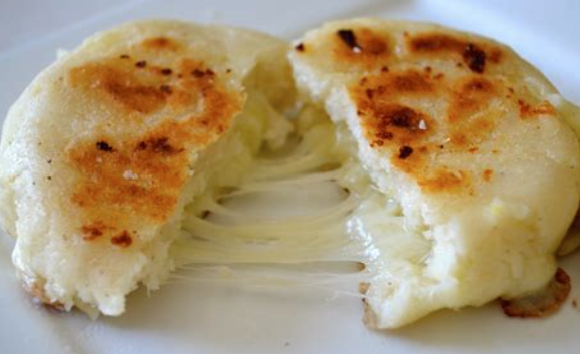
Gluten-Free Arepas con Queso
Equipment
- 1 Frying Pan
- 1 Stove
Ingredients
- 2.5 cups water
- 1 tsp salt
- 2 cups PAN Pre-cooked White or Yellow Corn Meal
- Queso fresco (Optional)
- Queso blanco (Optional)
- Chihuahua cheese (Optional)
Instructions
- Mix the ingredients, knead for 2 minutes then let rest for 5 minutes.
- Divide the dough into 10 equal parts.
- Form small balls and flatten with your hands into a thin disc about 3 ½ in. in diameter.
- Cook on a griddle or a frying pan over medium heat for 5 minutes on each side.
- Slice open lengthwise to create a pocket and add your filling of choice.
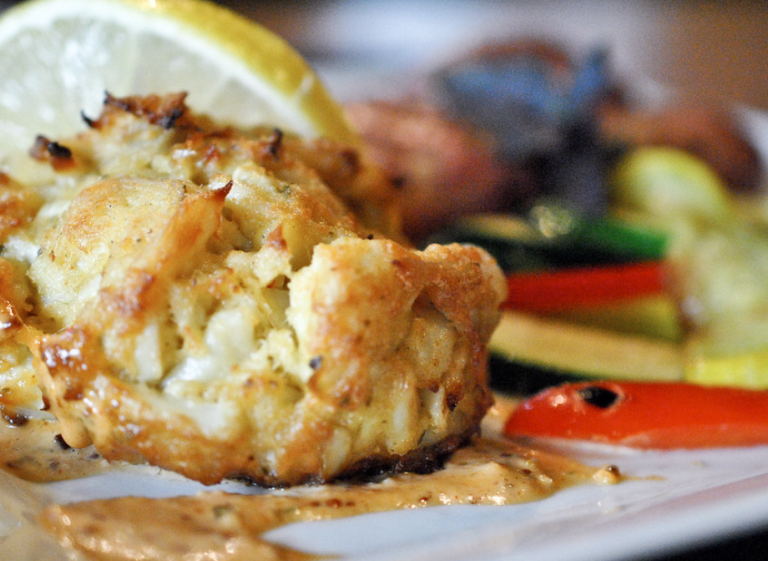
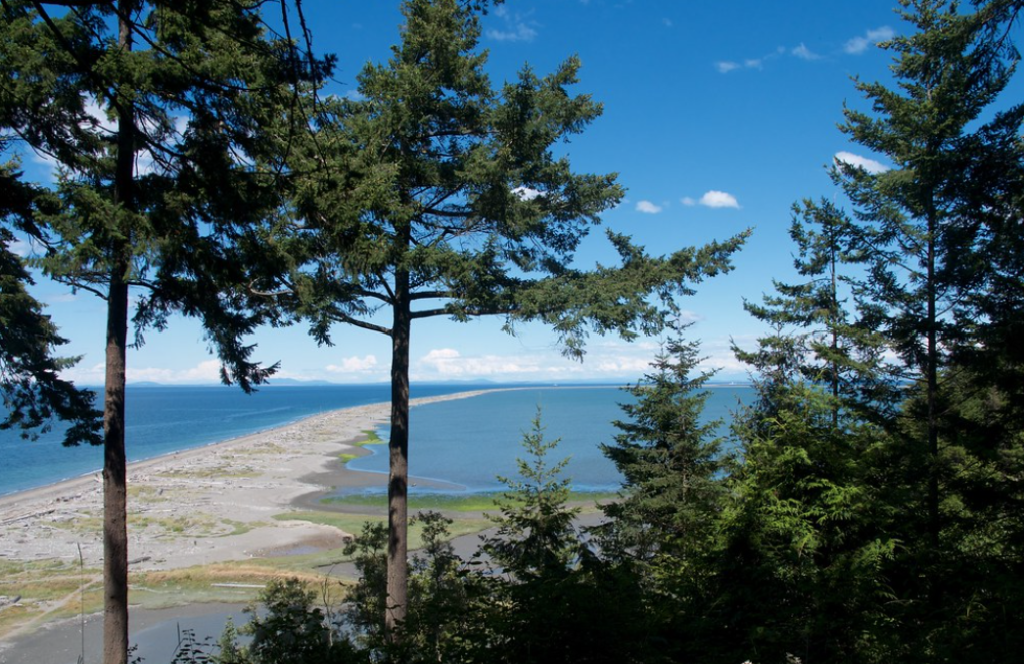
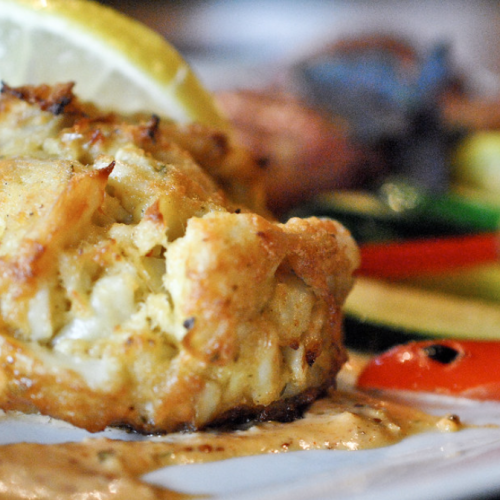


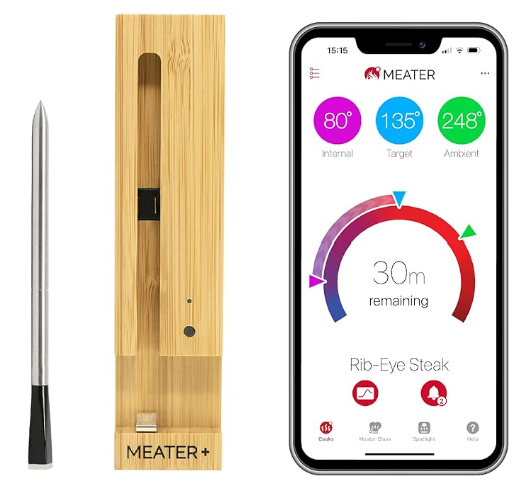
Leave a Reply